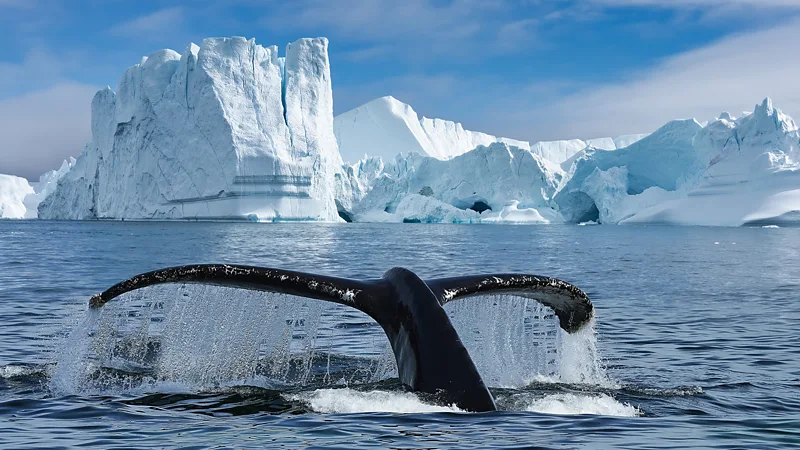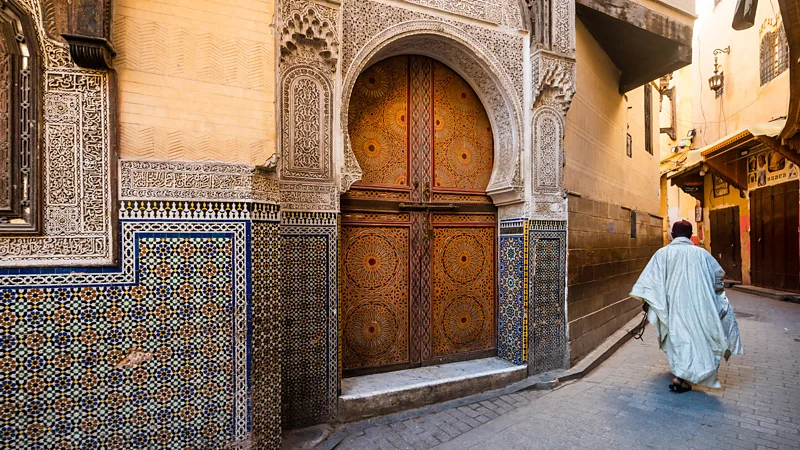In recent years, growing concerns about overtourism have cast a shadow over many of the world’s most iconic destinations. Major cities such as Venice, Barcelona, and the picturesque avenues of Italy’s Cinque Terre have seen fierce protests from locals fed up with the endless hordes of tourists. These places packed with tourists have sparked debate over how tourism should be managed. However, beyond these overcrowded hotspots lie lesser-known destinations that are rich in culture and natural beauty, but yearn for more tourists. These countries offer unique experiences, diverse landscapes, and are rolling out the red carpet for those seeking something new and worthwhile. Here are four countries that are actively welcoming travelers, each with their own distinct charm.
- Greenland: Adventures await in the land of ice and sky
The world’s largest island Greenland is set to become a major player in the global travel scene. With two new international airports soon to open – one in the capital Nuuk later this year and another in Ilulissat by 2025 – Greenland is preparing to welcome more visitors. This is a huge change for Greenlandic tourism. Until now, most tourists had to pass through Kangerlussuaq, a former US military base, before proceeding on smaller planes to their final destinations. The new airports mean that tourists will be able to fly directly into the heart of Greenland, making it more accessible than ever.

Greenland’s tourism strategy focuses on two main areas: adventure tourism and year-round travel. For adventure seekers, the island offers thrilling experiences such as rock climbing in eastern Greenland, whale watching in its icy waters, and camping on the vast Greenland Ice Sheet. However, in winter Greenland really sets itself apart with “dark sky tourism.” Travelers are invited to gaze at the stars in the remote wilderness and experience the wonders of the aurora borealis. The country has embraced its long, dark winters, building cosy sky-view cabins and igloos to provide unforgettable nights under the dancing northern lights.
Local tourism officials are cautious, however, and insist on a balanced approach. They want to ensure that the benefits of tourism are felt by the local population and that smaller communities are not burdened. Tany Pour, head of international relations at Visit Greenland, emphasises that it’s about quality over quantity: “Airports cost a lot, so we have to encourage a lot of tourists to come,” she says, “but we will do it in a balanced way, so as not to upset the locals.”
- Morocco: A cultural celebration beyond the souks
Morocco, known for its vibrant souks, stunning landscapes and historic cities, is on a mission to double its tourist arrivals by 2030, aiming for 26 million annual visitors. With the announcement that Morocco will co-host the 2030 World Cup with Spain and Portugal, the country sees a golden opportunity to shine on the global stage. To prepare, Morocco is rapidly developing its tourism infrastructure, building new hotels, and renovating existing ones to meet the influx of visitors.
While Marrakech, with its bustling souks and famous Jemaa el-Fnaa Square, is often the first stop for travelers, the World Cup is set to draw attention to Morocco’s lesser-known cities. Places like Rabat, Fez, and Tangier, where major stadiums are undergoing renovations, will be in the spotlight. These cities are culturally rich but much less crowded than Marrakech or Casablanca, offering a more relaxed experience for those looking to explore Morocco’s heritage.
Fez, often called Morocco’s cultural capital, boasts the world’s largest medina, a UNESCO World Heritage Site where travelers can get lost in a labyrinth of history, tradition, and crafts. Agadir, a popular beach destination, also serves as a gateway to less touristy destinations like Taroudant, known as “little Marrakesh,” where visitors can explore authentic Moroccan life without the crowds. Meanwhile, Tangier is becoming a hotspot with new luxury hotels, including the Waldorf Astoria, which aims to offer a blend of modern comfort and traditional Moroccan hospitality.

Barbara Podbiel, a Morocco expert who has been traveling the country for more than 20 years, notes that the impact of tourism is clearly visible in the cleanliness of the streets and the overall atmosphere. “Tourism has had a positive impact in Marrakesh,” she says. “You can see it in the cleanliness of the streets, it’s a lot safer, and people no longer force you to buy things like they used to.”
- Serbia: The road less traveled
Serbia is emerging as a hidden gem in Europe, especially for those who love nature, history and sustainable travel. Unlike its neighbor Croatia, which has become a victim of its own tourism success, Serbia is embracing sustainable development and culturally sensitive tourism.

